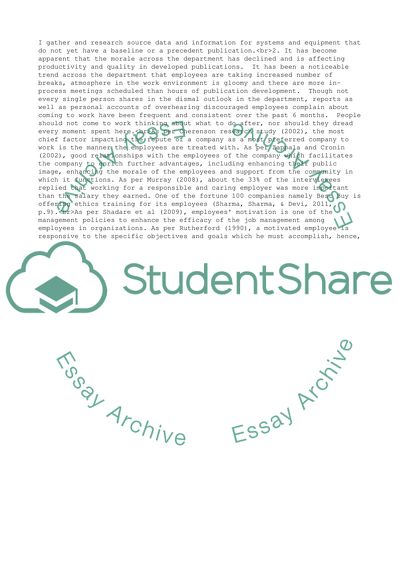Cite this document
(Raising employee morale across the department Research Paper, n.d.)
Raising employee morale across the department Research Paper. https://studentshare.org/human-resources/1819460-raising-employee-morale-across-the-department
Raising employee morale across the department Research Paper. https://studentshare.org/human-resources/1819460-raising-employee-morale-across-the-department
(Raising Employee Morale across the Department Research Paper)
Raising Employee Morale across the Department Research Paper. https://studentshare.org/human-resources/1819460-raising-employee-morale-across-the-department.
Raising Employee Morale across the Department Research Paper. https://studentshare.org/human-resources/1819460-raising-employee-morale-across-the-department.
“Raising Employee Morale across the Department Research Paper”. https://studentshare.org/human-resources/1819460-raising-employee-morale-across-the-department.


